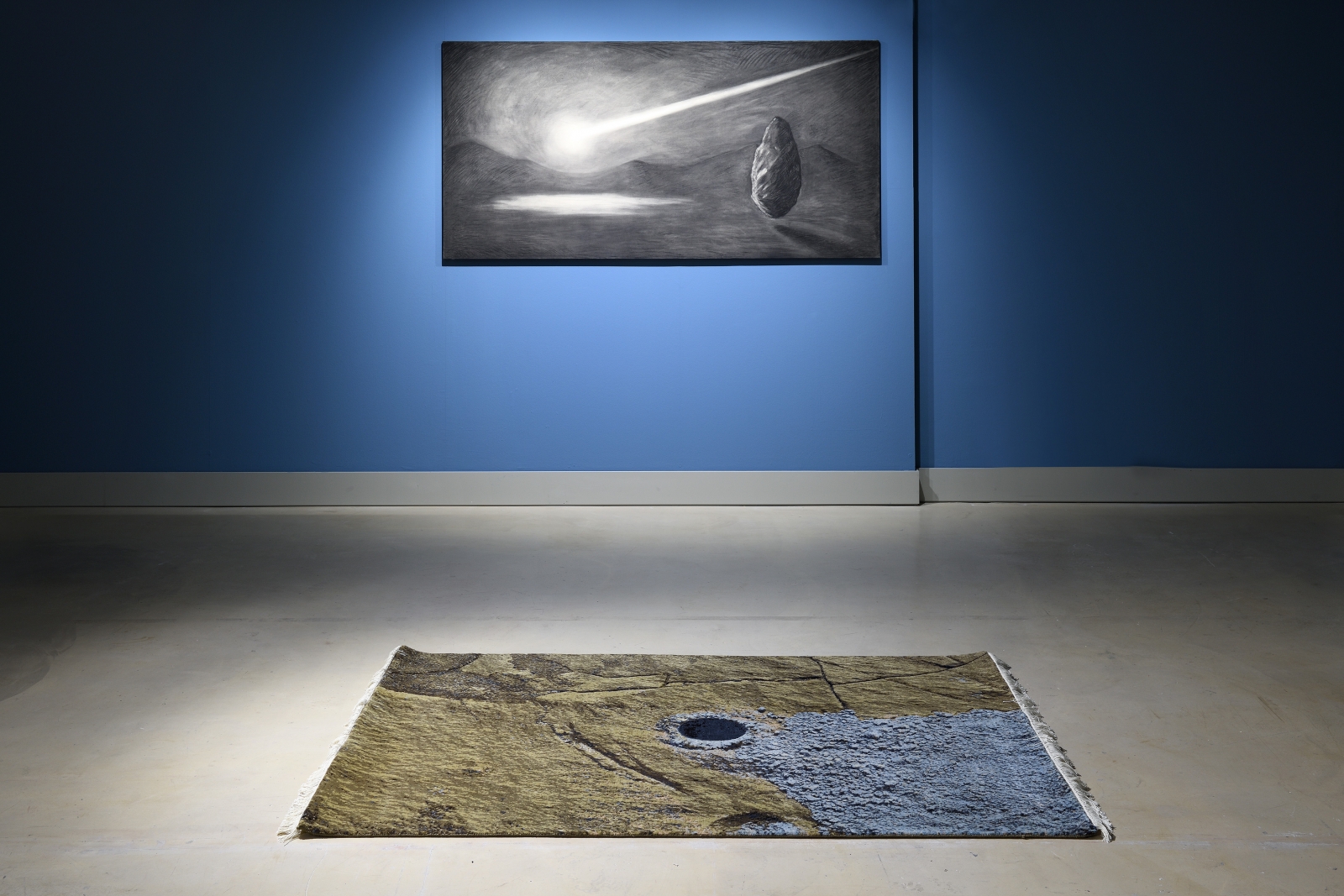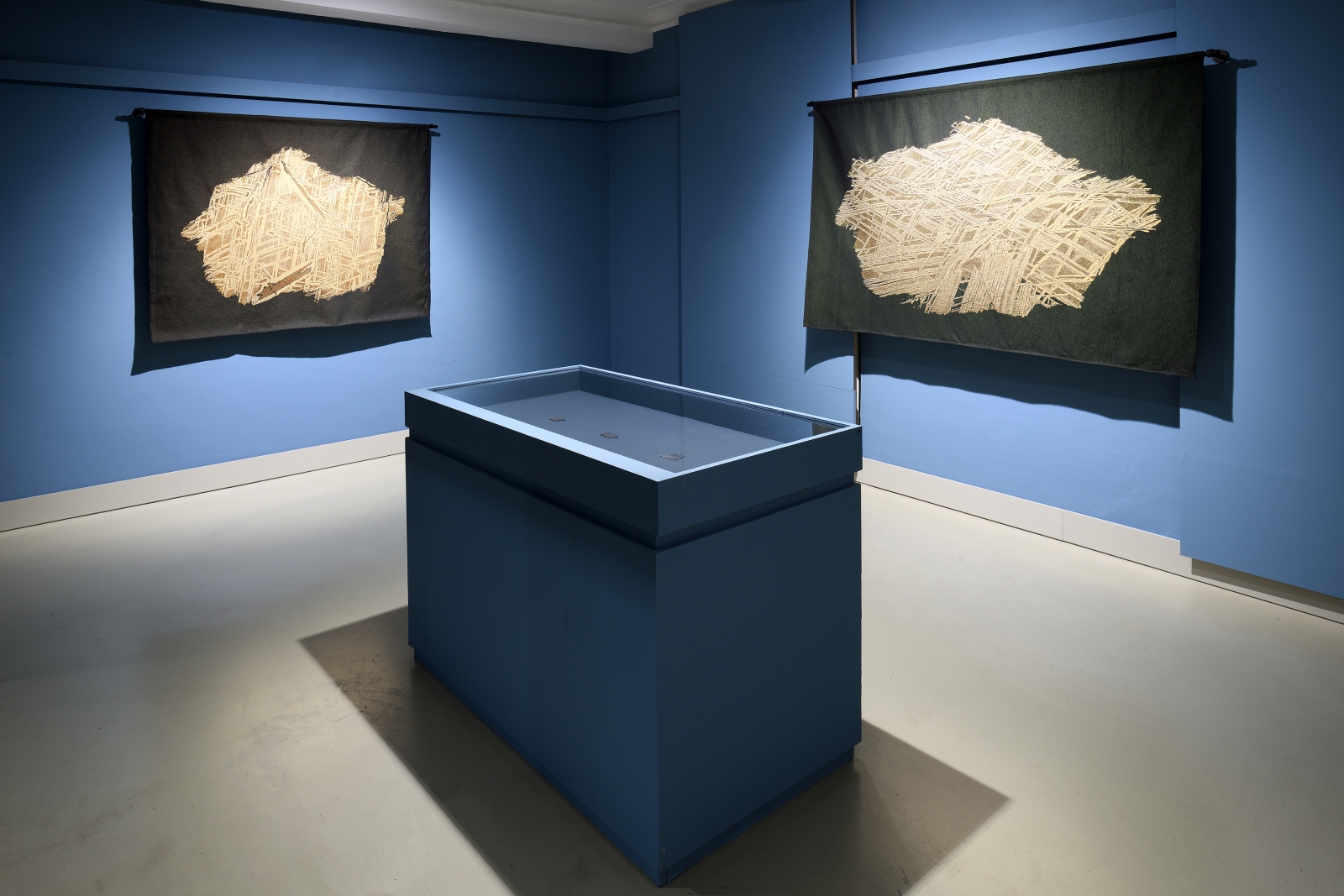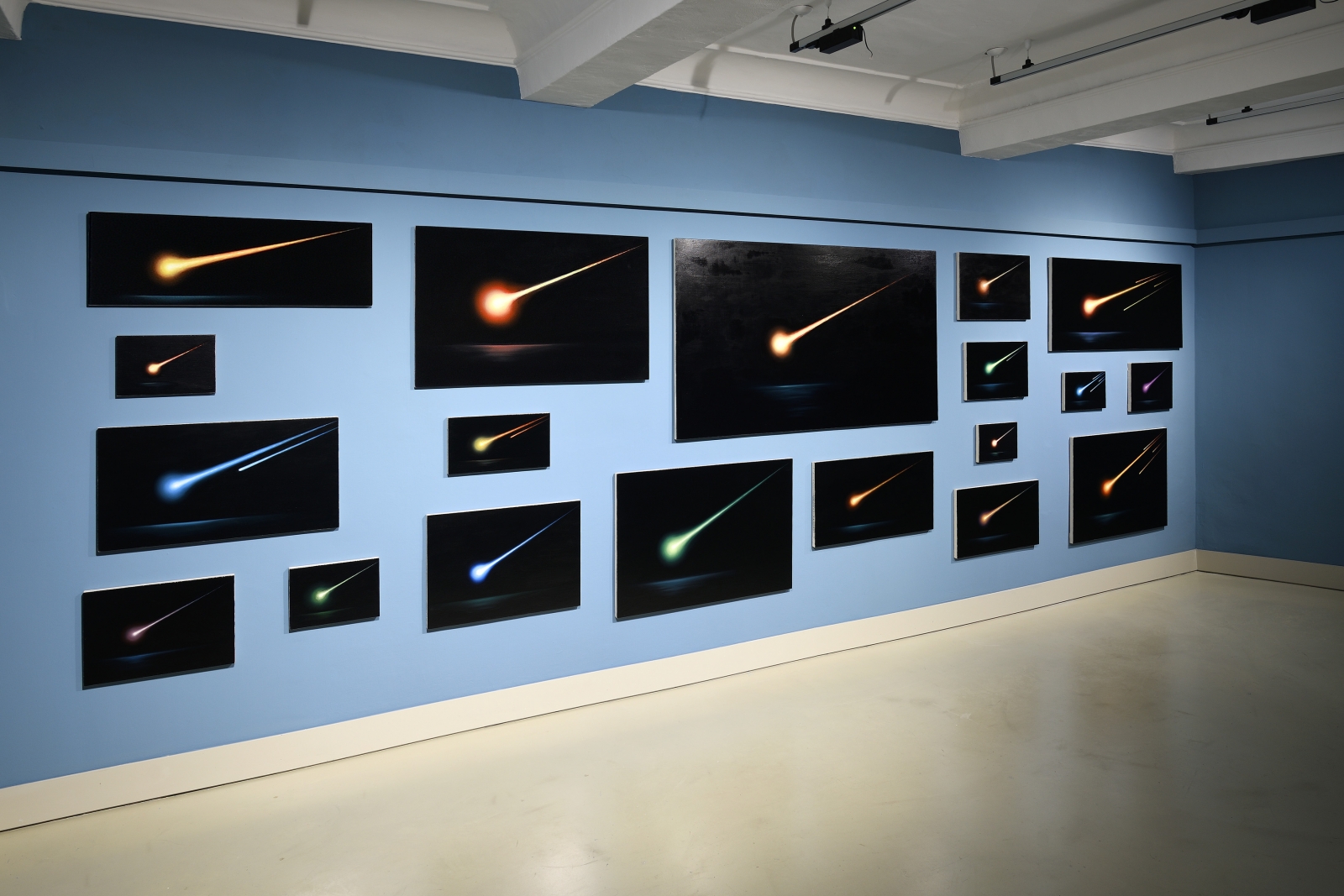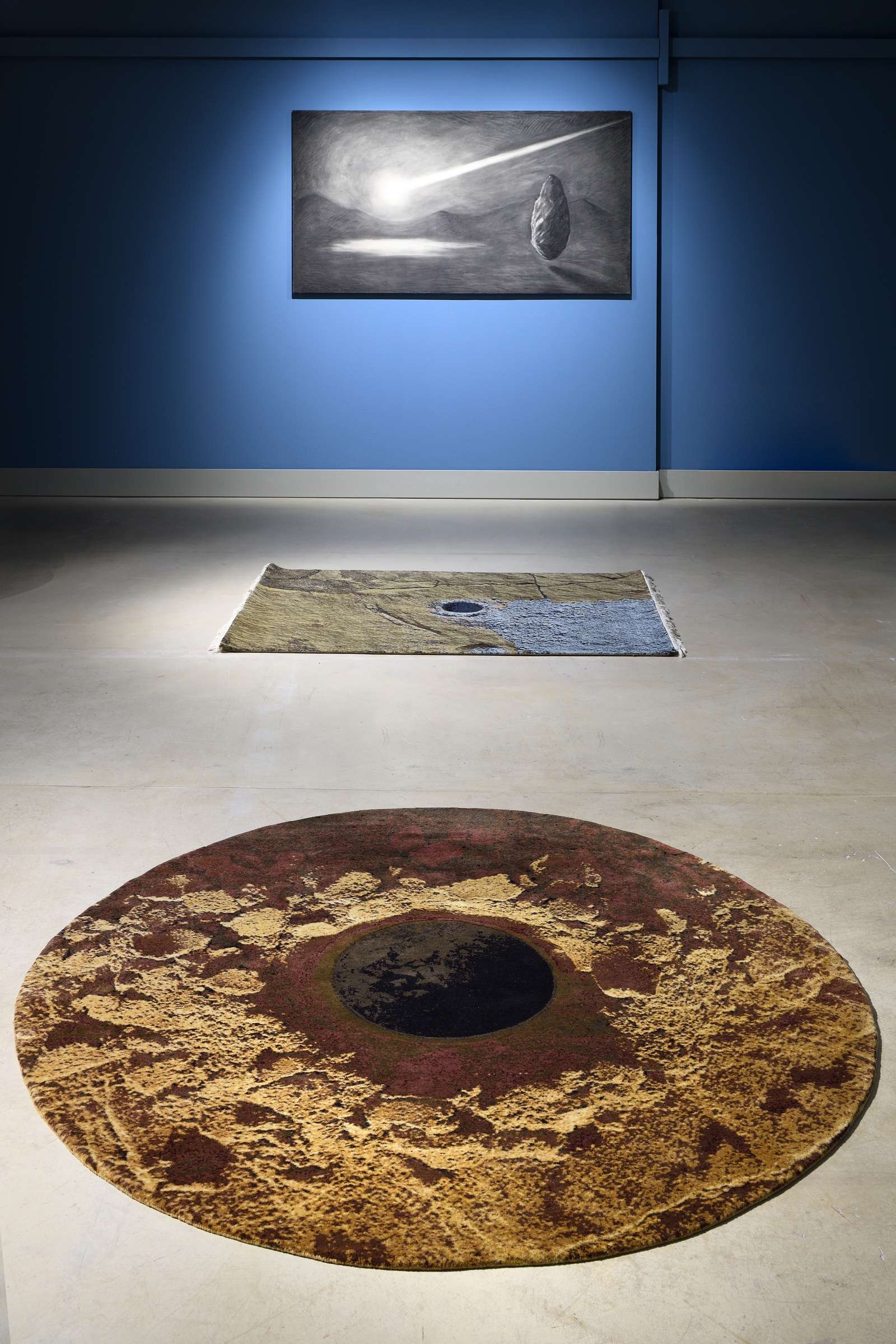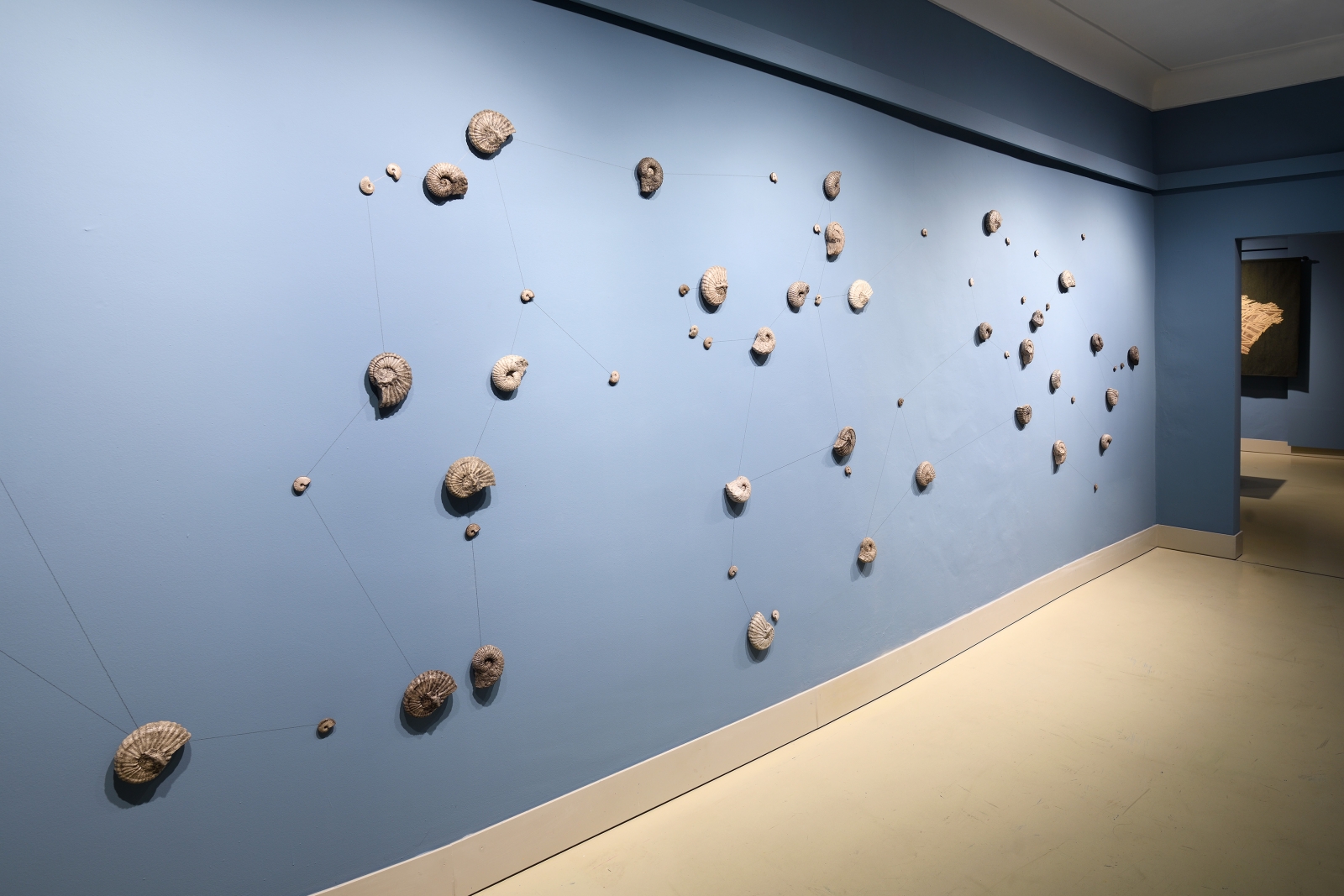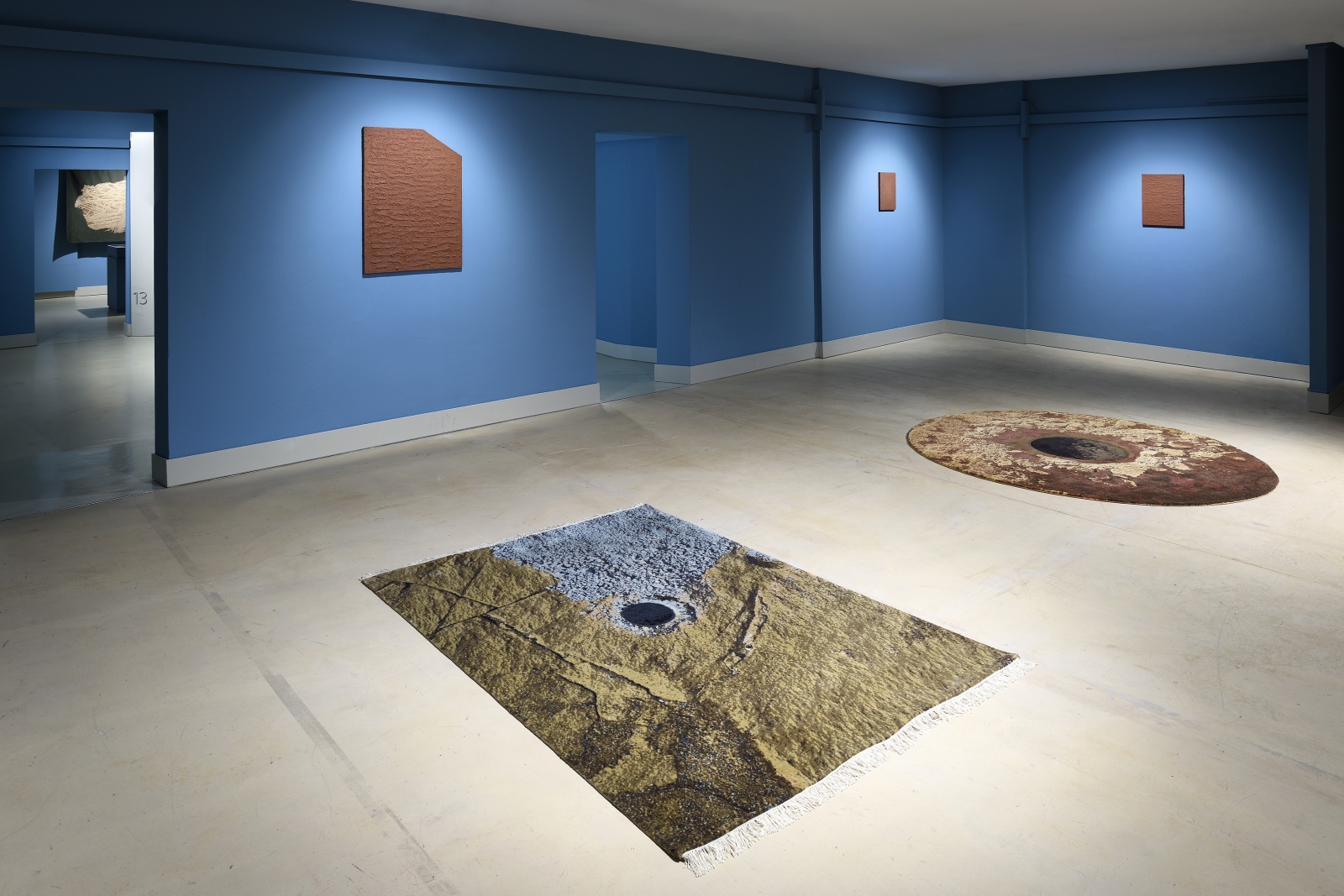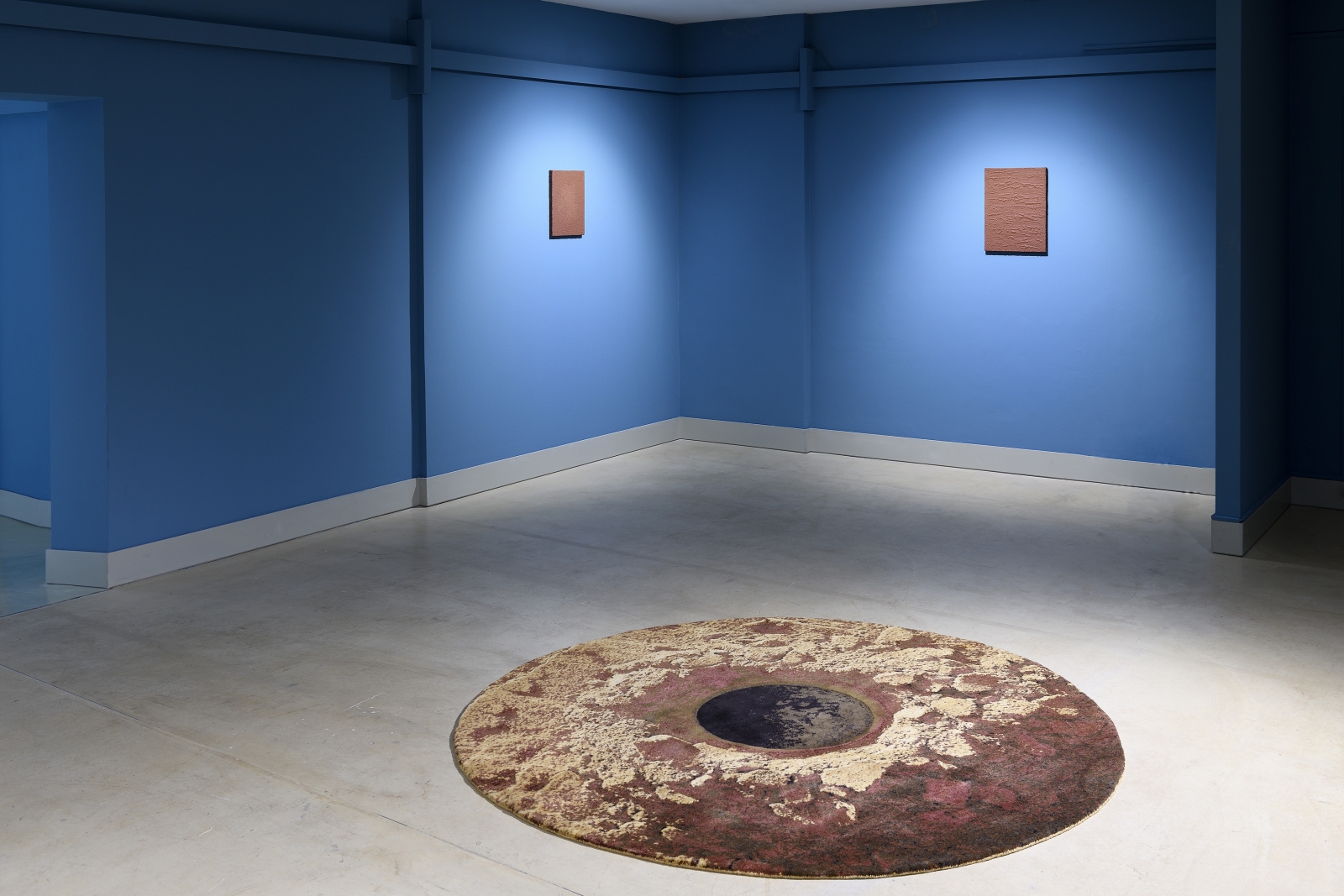Una questione di spazio
solo show by Leonardo Petrucci
Leonardo Petrucci's exhibition "Una questione di spazio" curated by Marcello Smarrelli, promoted by the Municipality of Pesaro and the Pescheria Foundation - Centro Arti Visive in collaboration with Pesaro Musei, opens on Tuesday 21 November at 6pm at Palazzo Mosca - Musei Civici.
"Una questione di spazio" summarizes the artistic production of the last ten years by Leonardo Petrucci (Grosseto, 1986) through three groups of works - for a corpus of over 30 works - which reflect in a timely manner on the relationship between art, nature and technology; therefore a perspective in perfect harmony with the philosophy of Pesaro, Italian Capital of Culture 2024. Petrucci's research focuses on themes such as sacred geometry, alchemy, Kabbalah and astrology - which have always fascinated us for their mystical implications and symbolic - which overlap with more contemporary contents close to science, biology, quantum physics and astronomy.
The methodology used is a mediation between traditional and digital painting from which multimedia installations are born that make use of ancient artisanal knowledge, natural materials (paper, wood, wool, concrete, etc.), mixed with photography and video. The approach is that of the alchemist who transmutes matter by continuously putting himself into play, materializing the impossible through the creation of linguistic and mathematical enigmas.
The first body of work, Red Hope, presents a series of handmade wool carpets, making use of the great Indian textile workers of the villages around Varanasi, in Uttar Pradesh. Knot after knot, the craftsmen reproduced on the frames the photographs that NASA's Curiosity rover takes of portions of Martian soil after drilling into the rocky surfaces. By stepping on the carpets, visitors become the first people to set foot on Mars thanks to a simple pioneering action. Red Hope enjoys the patronage of NASA (National Aeronautics and Space Administration).
'Tessitura Cosmica' is the second corpus composed of tapestries that faithfully reproduce the extraterrestrial textures present in iron meteorites. The intricate meteorite tangle of metal plates was formed over 4 billion years thanks to the very slow solidification of the elements in space, after catastrophic cosmic collisions between planets and protoplanets. These extraordinary figures which take their name from their discoverer - Alois von Beckh-Widmanstätten - are archetypal "fingerprints" of our solar system. The idea behind Tessitura Cosmica is to reproduce the natural weave in a completely new guise, in the form of tapestries woven with Jacquard looms.
Completely new, the third corpus offers oil paintings on canvas that depict the melancholic visions of meteors falling on planet Earth. The obsessive repetition of the same subject aims to evoke a sense of anguish and destruction but at the same time of well-being and vitality. This dualism is suggested by the title 'Panspermia', a theory that hypothesizes the birth of life on our planet following gigantic meteorite impacts.
The exhibition is organized with the support of Gilda Lavia Gallery


